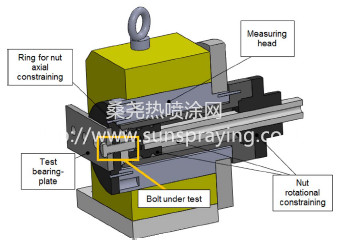Nowadays, there is an increasing interest in the development and application of suitable surface treatments or coatings with beneficial outcomes in terms of friction reduction. Regarding surface treatments, shot-peening may be cited: as an effect of shot impacts, micro dimples are created. Tribometer tests indicated a significant reduction of friction, up to 40%, due to the increment of the contact points and to the generation of pockets for lubricant with consequent hydrostatic effect. Regarding coatings, some studies dealt with Diamond-like carbon (DLC) thin films. In particular, the tribological response of amorphous hydrogenated carbon films (a-C:H), hydrogen-free hard carbon films (a-C) and of Titanium-doped amorphous hydrogenated carbon films (a-C:H(Ti)) was the topic of the research in. Pin-on disc tests in both unlubricated and lubricated conditions with continuous monitoring of friction and wear indicated that these coatings generally have a good response. Friction may be reduced even under 0.1, especially with the beneficial contribution of Ti doping. Further studies regard the tribological behavior of electrodeposited Zn–Ni coatings and of Zn- and Cd-based coatings. Experimental tests by tribometer confirmed a beneficial impact on both wear and friction even in dry conditions [14]. The effect of black oxidization was finally the topic of the study. This type of coating is created by a process developed at the beginning of 1900 and is particularly suitable for the production of an attractive black finishing with positive outcomes from the points of view of corrosion resistance, lubricity and galling resistance. Experimental campaigns reported in confirmed a significant effect of black oxide surfaces at lowering friction. This paper is focused on the experimental determination of the frictional properties of bolts, following the ISO 16047 International Standard. The campaigns involved M14 X 2 8.8 class hexagonal head steel screw. Different Design of Experiment techniques were applied to investigate the effects of screw coating and lubrication, along with their interaction. The effect of lubrication was then investigated in further details, comparing two different lubricants and the outcomes of partial lubrication on the underhead or in the threads only. The results indicate that both surface coating and lubrication are highly significant. Regarding lubrication, a ceramic paste by Interflon proved to be highly effective at reducing friction, in particular if applied at the underhead rather than in the threads.

本文由桑尧热喷涂网收集整理。本站文章未经允许不得转载;如欲转载请注明出处,北京桑尧科技开发有限公司网址:http://www.sunspraying.com/
|

